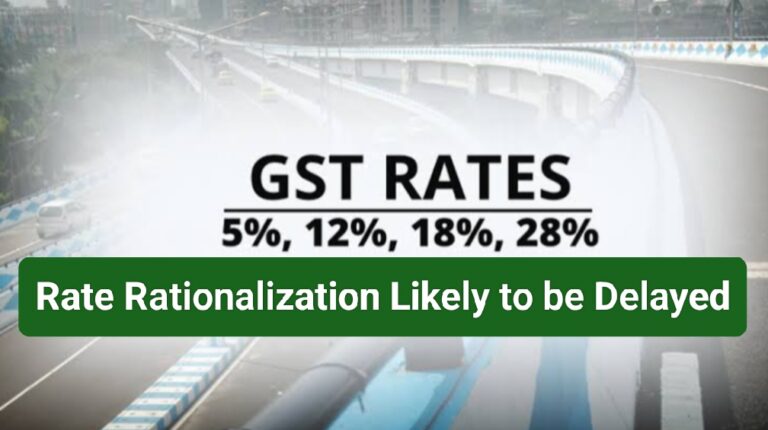A seven-member committee, led by Suresh Kumar Khanna (Finance Minister of Uttar Pradesh), is currently working on the GST rate rationalisation for 1,200 categories of goods and all services, excluding those on the negative list.
GST Rate Rationalization: With a newly formed coalition government, the anticipated economic reform involving GST rate rationalisation may face further delays. Experts suggest that due to the potential impact on inflation, there could be significant pressure to avoid undertaking this reform altogether. However, some analysts still hold out hope for this long-overdue change.
Committee on GST Rate Rationalisation
A seven-member committee, led by Suresh Kumar Khanna (Finance Minister of Uttar Pradesh), is currently working on the GST rate rationalisation for 1,200 categories of goods and all services, excluding those on the negative list. Once the committee submits its report, the Fitment Committee will review and finalise the agenda for the GST Council. Based on the Council’s recommendations, the Centre and States (including three Union Territories with assemblies) will notify the new rates.
Proposed Changes and Challenges
One of the key proposals is to reduce the number of main GST rates from four to three. This could involve merging either the 12% and 18% rates into a 15% rate, or the 5% and 12% rates into an 8% rate. While some items would become cheaper, many would fall into a higher rate bracket, potentially leading to inflation. This concern has previously delayed rationalisation efforts, and experts believe that implementing such changes will be challenging under current circumstances.
Political Influence on Tax Reforms
Prateek Bansal, Tax Partner at White and Brief, noted that although the BJP-led NDA has secured an absolute majority in the Lok Sabha elections, the interests and political commitments of allies like JD(U) and TDP must be considered before any significant tax restructuring. He stated, “Given the new political dynamics, GST rate rationalisation may be postponed further due to its potential impact on various industries and the additional inflationary burden it could place on the public.”
Rajat Mohan, Executive Director (Indirect Tax) at Moore Singhi, emphasized that political changes could complicate and delay GST rate adjustments. “Political shifts can influence policy decisions, create legislative delays, and introduce stakeholder pressures, making the GST rate adjustment process increasingly complex,” he said.
Sectoral Pressures
Industries such as food, clothing, education, healthcare, agriculture, transportation, electricity, and water supply, which currently enjoy lower tax rates, are likely to exert significant pressure on the government to avoid rate increases. Since GST is a transactional tax, any changes would disrupt the market, causing uncertainty as it seeks a new equilibrium. “This highlights the intricate relationship between taxation policy and the evolving political landscape,” Mohan added.
Optimistic Views
Contrarily, Vivek Jalan, Partner at Tax Connect Advisory Services, expressed a more optimistic view. He believes that the GST Council will have more influence from the NDA, as Odisha and Andhra Pradesh are now governed by BJP and its alliance partner, respectively. “NDA will gain a higher vote share in the two-thirds voting balance. Rate rationalisation decisions may proceed, such as the reduction in GST rate for Fly Ash blocks, which has been a long-standing request from several states including Andhra Pradesh, Bihar, and Bengal,” Jalan explained.
In conclusion, while the GST rate rationalisation faces significant challenges due to political and economic factors, the evolving political landscape could still provide an opportunity for these long-pending reforms to be addressed.
Also Read: IATA Flags Concerns Over GST Probes Against Foreign Airlines
Read More
GST Collection in May 2024 Surges to ₹1.73 Lakh Cr, Marking 10% Year-on-Year Growth
